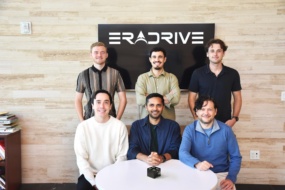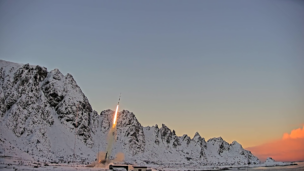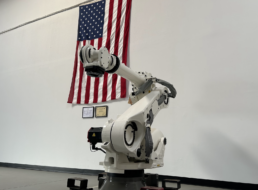Defense tech firm Anduril Industries is formally jumping into the space game.
The company announced Friday that it is expanding its AI-powered tech into space, including working on national security missions from space domain awareness to command and control.
“As space becomes an increasingly contested warfighting domain, we recognize the importance of equipping spacecraft with advanced autonomy and cutting-edge payloads,” Gokul Subramanian, Anduril’s SVP of space and engineering, said in a statement. “This ensures our Guardians maintain a decisive advantage in every mission.”
Anduril 101: The California-based company was founded in 2017 by entrepreneur Palmer Luckey and quickly became a partner for the Defense Department. It won a ~$1B contract in January from Special Operations Command to serve as systems integrator on efforts to counter unmanned assets, but DoD has also tapped it for other projects, including the software to make robotic combat vehicles a reality.
Just last month, Anduril announced it had raised $1.5B in Series F funding co-led by Founders Fund and Sands Capital.
Anduril is no stranger to space. It’s already working with the Space Force to integrate data provided from multiple space sensors and with Space Systems Command to boost comms.
Nitty gritty: Both of those programs use Lattice, the company’s software platform. Anduril’s plan to grow its presence in the space domain also hinges on increased use of the software to autonomously watch and operate assets, which boosts space situational awareness while cutting the workload. The company plans to focus on several areas including:
- Imaging
- Electronic warfare
- Command and control
- Mission autonomy
What’s next? The company plans to launch its system by the end of 2025. In the shorter term, Subramanian hinted at partnerships with other entities across the space industrial base from satellite hardware to launch that will be announced in the coming months.




